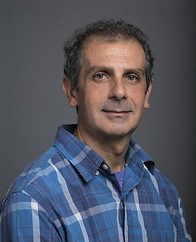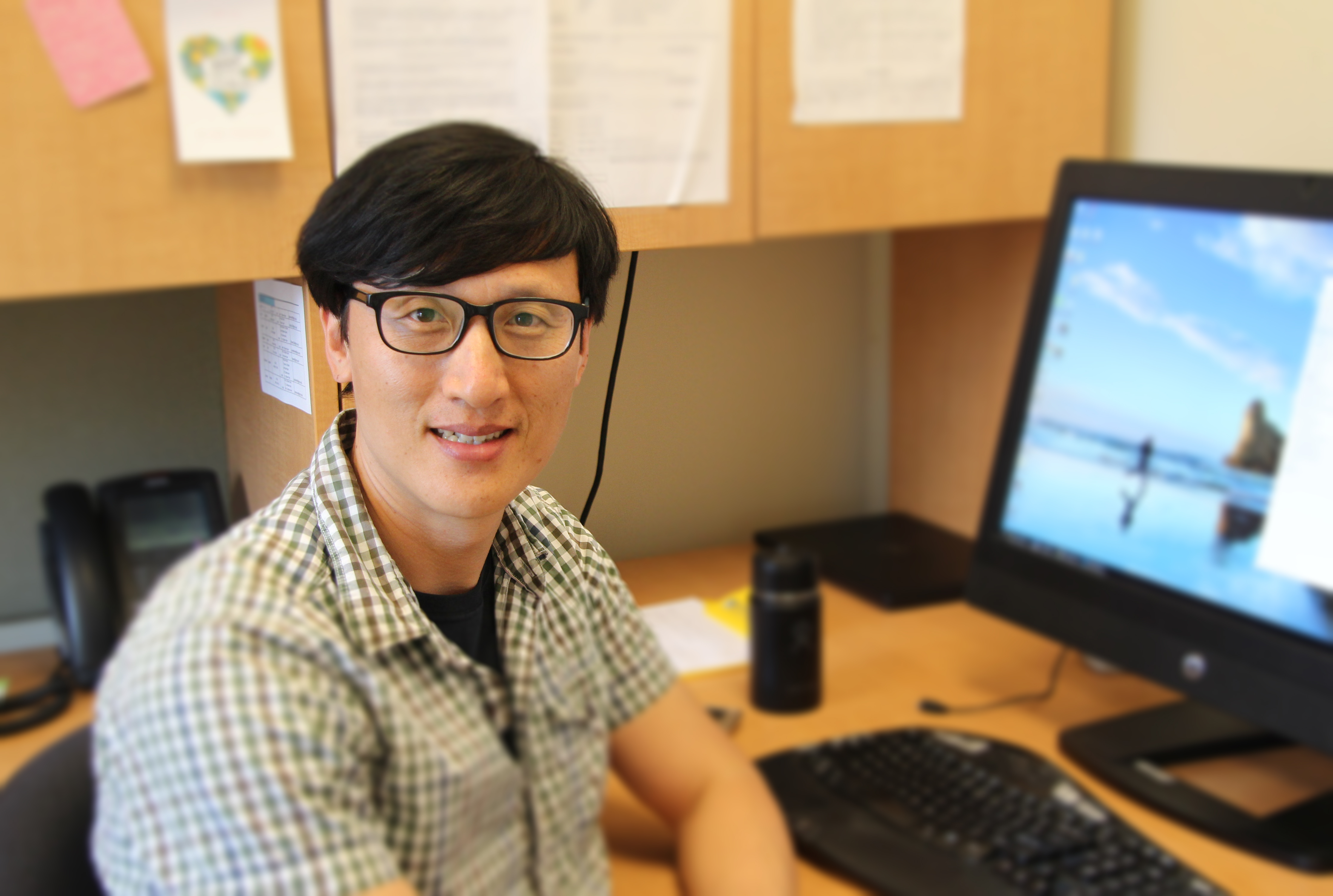After spending almost one full year redesigning HIST 121: Formation of the American Republic, Dr. Cynthia Kierner rolled out the new course and awaited student response: Judging from the feedback, the new HIST 121 is a great success.
Here’s a sampling of students’ comments:
- The Civil War letters assignment “crafted my skills as a writer & document analysis . . . It should be like this for all classes!”
- “It was a great experience. I was able to get the info I needed on Monday and work collaboratively on Wednesday.”
- “Really appreciated the opportunities for discussion in lectures. It helps cement the material.”
- Modules were “a good way to shift focus from memorizing information to interpreting information.”
- The Civil War letters assignment “allowed me to really dive into primary sources to learn about history.”
Beginning the redesign, Kierner recognized her challenge. The course, a sweeping overview beginning with the Native Americans and moving through Reconstruction, covers a lot of ground. Moreover, the introductory class is primarily taken by non-history majors who do not necessarily harbor a passion for the subject.
“I sought to use the 4-VA@Mason grant to redesign HIST121 to emphasize skills and active learning while simultaneously lowering student costs,” explains Kierner. “Specifically, I planned to replace expensive textbooks and document readers with free online sources–including the acclaimed opensource U.S. history text, AMERICAN YAWP–and also to create a series of new module assignments that give students the guidance they need to use online databases encouraging the development of research questions, to find and interpret primary sources (words and images), and ultimately produce their own small-scale research projects. In other words, to let them act like real historians.”
Although quite familiar with many sources available to create the modules, as a researcher in the field who has taught this course often, Kierner conducted some further investigation to identify new informational sources, including digitized Civil War letters. Kierner credits Mason’s History Librarian, Dr. George Oberle, for his assistance in finding information and making it accessible.
Concludes Kierner, “This was a desirable opportunity to retool a lecture class to emphasize active learning. It re-invigorated my teaching in lecture-style classes, while providing students with a better experience at a more affordable cost – reducing books and materials costs from $100-$150 for to $0!”



 the classroom to make it interesting and challenging,” explains Kim.
the classroom to make it interesting and challenging,” explains Kim.